Cartilage – The Slowest Healer
How and what kind of forces are optimal for cartilage regeneration? The science of how movement influences biology is called mechanobiology. This is an exciting field of research as it looks closely at how forces, and the timing application of them, can make cells come alive and wake up to stimulate metabolism.
For example, in a prize winning study published in Spine (a highly reputable journal) researchers looked at how dynamic loading of the spine at certain frequencies actually enhanced nutritional supply to the intervertebral disc (cartilage). The problem with the healing of damaged cartilage is primarily because cartilage is an avascular structure. In other words, there is no blood in cartilage so when it gets damaged, it is awfully slow in healing. This is where this new study shines because it demonstrated that moving the discs at a .5Hz frequency drew new nutrients into the cartilage.
They also looked at degenerated discs at found that these discs also absorbed fluid to nourish them…indicating a regenerative aspect. For those that wonder what the heck is .5Hz is, well it is a force pulse of every two seconds. Interestingly, this is similar to the breath rate of a normal human. For decades, scientists have been wondering about what forces are optimal for spinal health. This new research reveals that the timing of forces should resemble the timing of the breath rate.
This sets the stage for manual therapists and chiropractors as well as those that are in the business of developing exercise programs. If we can begin to integrate what we have learned from these prize winning studies, we will improve the bottom line for our patients.
 Copyright secured by Digiprove © 2016 Jerome Fryer
Copyright secured by Digiprove © 2016 Jerome Fryer 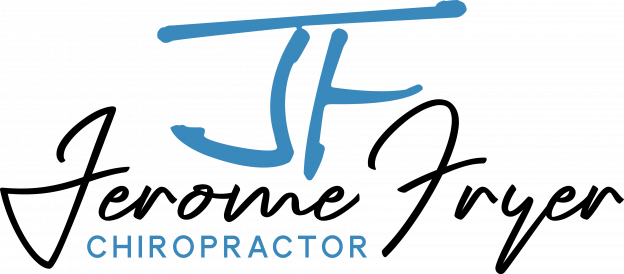


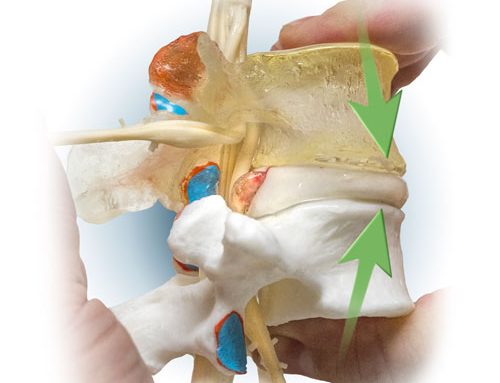

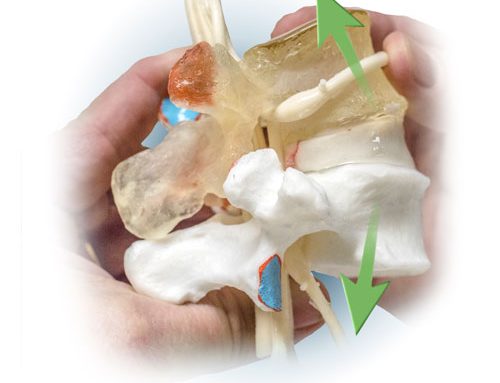
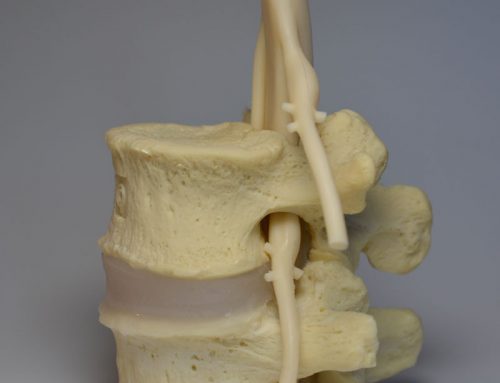
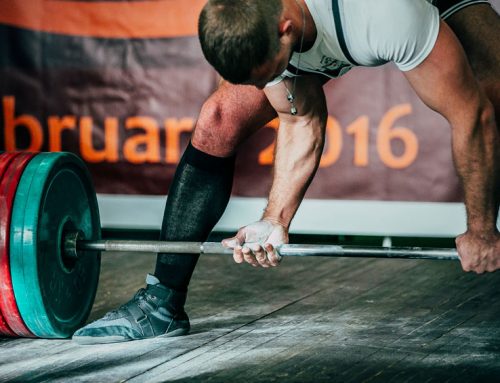
Leave A Comment
You must be logged in to post a comment.